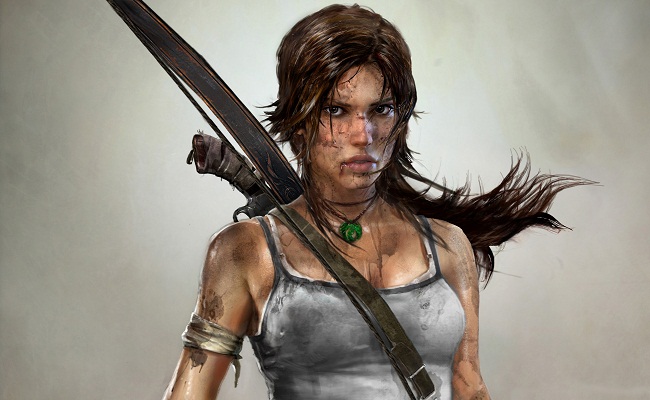Many creative people who grew up reading comic books — especially those who loved to write or draw — likely harbored a secret desire to create their own comic adventures at some point. For many, the stories that played out across those panels were tales that provided a world of entertainment and intrigue.
But for others, especially those who learned to draw by emulating the likes of comic artist heroes like Jack Kirby, Jim Steranko, Neal Adams, and other legends, these books spoke in a much more profound way, beckoning them to careers in which they could pencil, ink or write stories in much the same way. It’s human nature to want to tell stories. Storytelling is one of the world’s oldest forms of communication. And comic book reading has been a popular pastime since the early 1900s.
Cameron Stewart was one of those artistically inclined people who devoured every comic book he could get his hands on while growing up in England and, later, back home in his birth country, Canada. He decided at an early age to follow his passion and the road he set out on during his teens eventually led him to DC Comics, one of the biggest companies in the biz, and assignments to work on two of their most popular titles, Catwoman and Batgirl.
“My first experience with DC Comics was in 2001, when I was hired to do the ink work on the last half of Deadenders, which was written by Ed Brubaker and penciled by Warren Pleece,” he recalls. “Ed and Warren created the series in 2000, and I was brought in the following year as inker. Not long after that, I was given the opportunity to work with Ed again, on Catwoman, which he wrote.”
Catwoman, who serves as the masked alter-ego of Selina Kyle, was initially conceived of as a supervillian, an alluring Gotham City burglar in a skintight, one-piece outfit whose weapon of choice is a bullwhip. Although originally created as one of Batman’s major adversaries, since the 1990s she has mostly been portrayed as an antiheroine who often does the wrong things for the right reasons.
The character has continued to evolve over the years, and that evolution was evident between 2001 and 2003 when Cameron Stewart provided the art for six different Catwoman stories in collaboration with Brubaker. Stewart recalls the Catwoman work as a creative challenge.
“One of the things you have to consider when approaching a longtime, familiar character is his or her history,” says Stewart. “Comics fans know who she is, where she’s been and what she’s done. In a way it’s one big story arc that stretches over several decades. On the other hand, though, you have to keep both the stories and the artwork fresh and evolving with the times, so not only the stories but also the looks change in a variety of ways to mirror current culture.”
Given the challenges he faced — and enjoyed meeting — Cameron Stewart says he’s extremely proud of what he and Brubaker accomplished with the series.
“Working on Catwoman was one of the most fulfilling roles I’ve had thus far in my career. To be a part of something so iconic was like achieving a long standing dream, one that began when I was first striving to make it as an artist.”
Over the next several years, Cameron Stewart saw his career grow, working on numerous projects and initiating some of his own. His star in the comics galaxy continued to rise, and he eventually became like the artists he’d admired not that long before as a student in high school, sketching pictures as he sat in the classroom.
Then, in 2014, Stewart was presented with the opportunity to take over DC’s Batgirl comic book after Gail Simone left her position as writer just two years after being hired. For this project, Cameron Stewart served as both co-writer (with his longtime friend Brenden Fletcher), and co-artist, providing detailed storyboards for newcomer Babs Tarr to draw over, with coloring duties handled by Maris Wicks. He would work on Batgirl until 2016.
“I’m glad to have had the opportunity to work on stories featuring two of the comics world’s most iconic and enduring characters,” he now says. “We created 15 issues, and it was a wonderful experience.”
As Stewart often notes, he’s appreciative of the opportunities he’s received to live his dreams, and to sustain a career in the competitive comics industry. Today, the Batgirl creative team has created its own science fiction series, Motor Crush.
Stewart’s aspirations for the future is that he can continue to make his mark on the comic industry and he hopes he can push the boundaries of storytelling, visual art, and technology.






